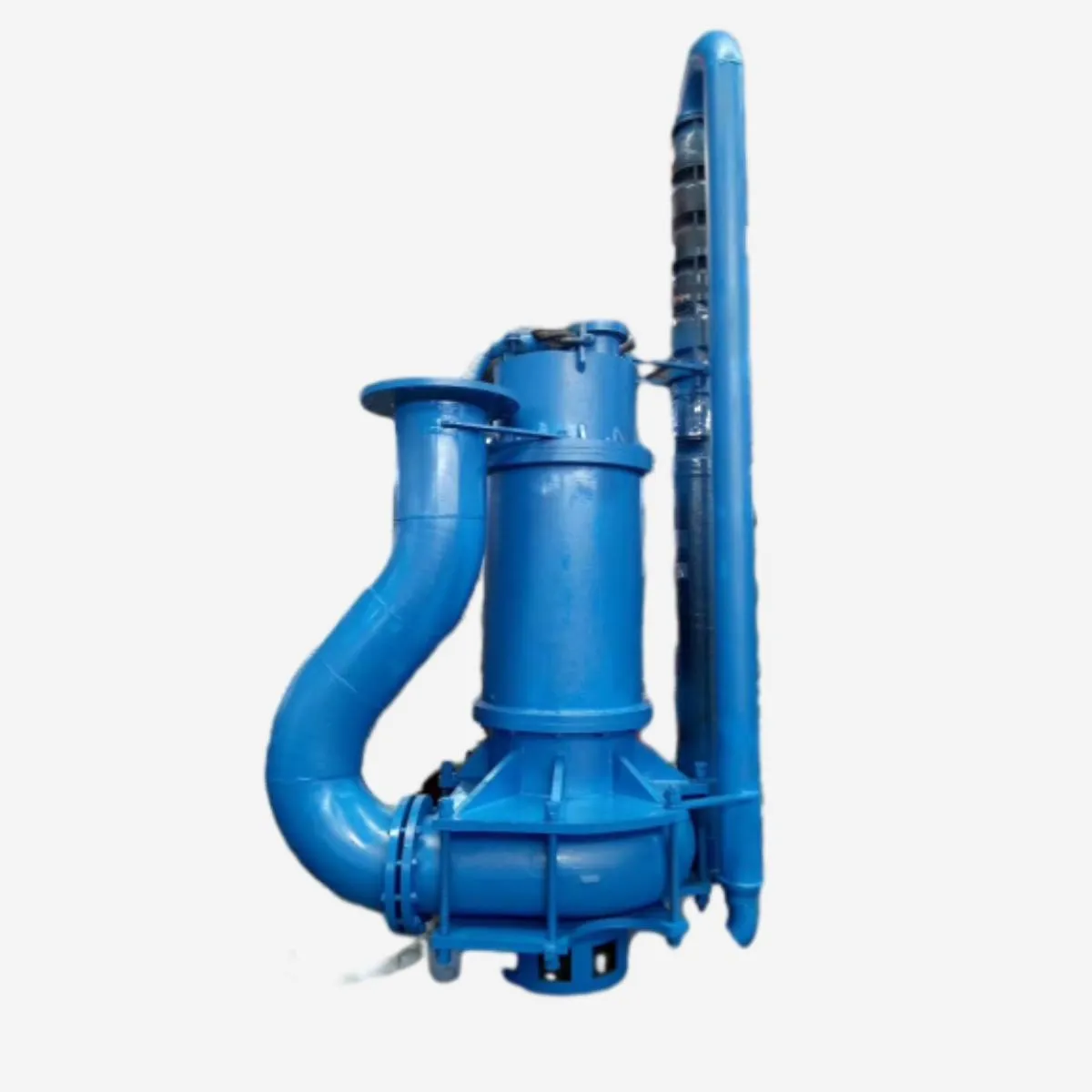Punjabi
- Afrikaans
- Albanian
- Amharic
- Arabic
- Armenian
- Azerbaijani
- Basque
- Belarusian
- Bengali
- Bosnian
- Bulgarian
- Catalan
- Cebuano
- Corsican
- Croatian
- Czech
- Danish
- Dutch
- English
- Esperanto
- Estonian
- Finnish
- French
- Frisian
- Galician
- Georgian
- German
- Greek
- Gujarati
- Haitian Creole
- hausa
- hawaiian
- Hebrew
- Hindi
- Miao
- Hungarian
- Icelandic
- igbo
- Indonesian
- irish
- Italian
- Japanese
- Javanese
- Kannada
- kazakh
- Khmer
- Rwandese
- Korean
- Kurdish
- Kyrgyz
- Lao
- Latin
- Latvian
- Lithuanian
- Luxembourgish
- Macedonian
- Malgashi
- Malay
- Malayalam
- Maltese
- Maori
- Marathi
- Mongolian
- Myanmar
- Nepali
- Norwegian
- Norwegian
- Occitan
- Pashto
- Persian
- Polish
- Portuguese
- Punjabi
- Romanian
- Russian
- Samoan
- Scottish Gaelic
- Serbian
- Sesotho
- Shona
- Sindhi
- Sinhala
- Slovak
- Slovenian
- Somali
- Spanish
- Sundanese
- Swahili
- Swedish
- Tagalog
- Tajik
- Tamil
- Tatar
- Telugu
- Thai
- Turkish
- Turkmen
- Ukrainian
- Urdu
- Uighur
- Uzbek
- Vietnamese
- Welsh
- Bantu
- Yiddish
- Yoruba
- Zulu
Telephone: +86 13120555503
Email: frank@cypump.com
ਨਵੰ. . 16, 2024 23:57 Back to list
double suction pump impeller
Understanding Double Suction Pump Impellers
Double suction pumps are widely used in various industrial applications due to their efficiency and ability to handle large volumes of liquid. A key component of these pumps is the impeller, which plays a crucial role in determining the performance, efficiency, and functionality of the entire system. In this article, we will explore the design, working principle, and advantages of double suction pump impellers.
Design of Double Suction Pump Impellers
Double suction impellers are distinct from traditional single suction impellers because they draw fluid from both sides of the impeller. This design typically features two suction inlets, allowing fluid to enter the impeller from both sides. The impeller vanes are symmetrically placed around a central hub, which helps to balance the axial forces acting on the impeller. This balanced design reduces radial loads, extending the lifespan of the pump and minimizing wear on the mechanical seals and bearings.
The impeller is usually constructed from materials that withstand corrosion, erosion, and wear, such as cast iron, bronze, or stainless steel, depending on the nature of the fluid being pumped. The shape of the impeller is also critical; it is often designed with a curved vane profile that helps to efficiently convert the kinetic energy produced by the rotating impeller into pressure energy for the fluid.
Working Principle
The operation of a double suction impeller is based on the principle of centrifugal force. When the impeller rotates, it imparts kinetic energy to the fluid, which then moves radially outward from the center of the impeller due to centrifugal force. The fluid enters the impeller through both suction inlets, flows over the vanes, and is expelled at the periphery of the impeller at a higher pressure. This process creates a continuous flow of liquid through the pump system.
The double suction configuration allows for a more uniform flow distribution within the casing, reducing turbulence and cavity formation. Consequently, this design enhances the overall efficiency of the pump and leads to better performance over a broader range of operating conditions.
double suction pump impeller

Advantages of Double Suction Pump Impellers
1. High Efficiency By drawing fluid from both sides, double suction impellers are capable of reducing energy losses, leading to improved overall efficiency. This efficiency makes them ideal for applications requiring the handling of large volumes of liquids.
2. Reduced Axial Thrust The balanced design of the impeller minimizes axial thrust, which can lead to less wear on bearings and seals, ultimately extending the operational life of the pump.
3. Versatility Double suction pumps are versatile and can be used in various applications, including water supply, HVAC systems, industrial processes, and irrigation. They are suitable for handling clean, clear liquids and can also handle some mildly abrasive fluids depending on the material and design.
4. Robust Design The construction of double suction impellers is robust, allowing them to operate under various conditions without significant degradation of performance or reliability. This durability is essential for industries where downtime can result in significant financial losses.
5. Quiet Operation Due to their design and balanced operation, double suction pumps tend to operate more quietly than traditional single suction pumps, making them suitable for applications in environments where noise control is necessary.
Conclusion
Double suction pump impellers represent an essential part of modern pumping technology. Their innovative design, combined with the principles of fluid dynamics, ensures efficient, reliable, and versatile operation in numerous industrial applications. As industries continue to evolve, the demand for effective pumping solutions like double suction impellers will likely grow, making them a critical component in fluid management systems. Understanding their functionality and advantages can help engineers and operators make informed decisions that contribute to improved performance and longevity in pumping operations.
-
China Small Slurry Pump Manufacturer - High Efficiency Small Centrifugal Slurry Pumps for Mining & Industry
NewsJun.24,2025
-
Custom Drilling Mud and Slurry Pump Supplier - High Efficiency, Tailored Solutions
NewsJun.10,2025
-
Supply Vertical Submersible Sewage Pump High-Efficiency WQ/QW Pumps Supplier
NewsJun.10,2025
-
Premium Sewage Ejection System & Pumps Efficient Waste Removal
NewsJun.09,2025
-
Premium Wholesale Slurry Pump Impellers Durable & Efficient Slurry Handling
NewsJun.09,2025
-
Top Sewage Pump Companies Durable Industrial Solutions for Efficiency
NewsJun.09,2025










